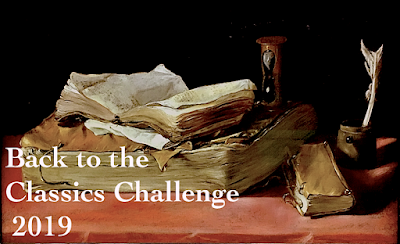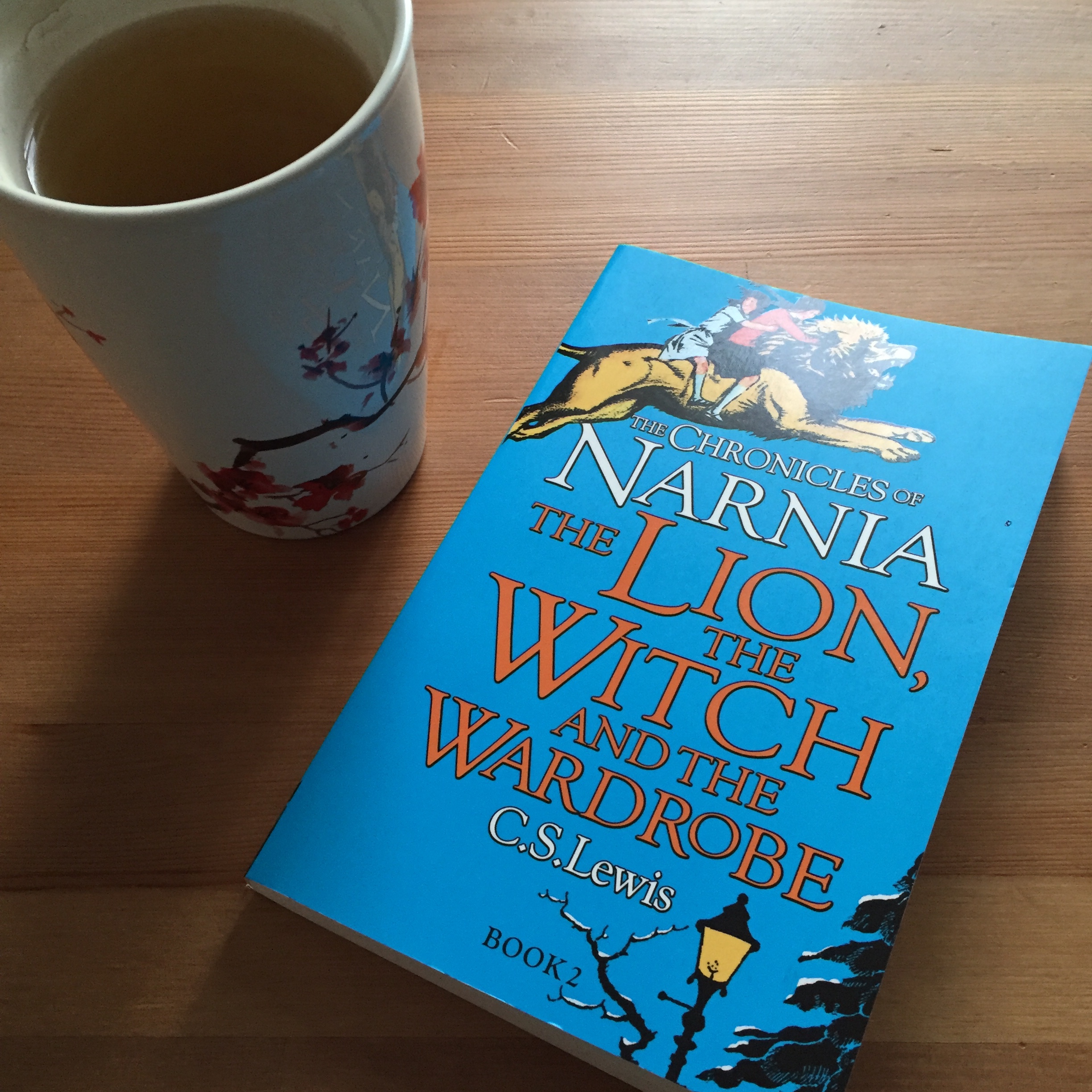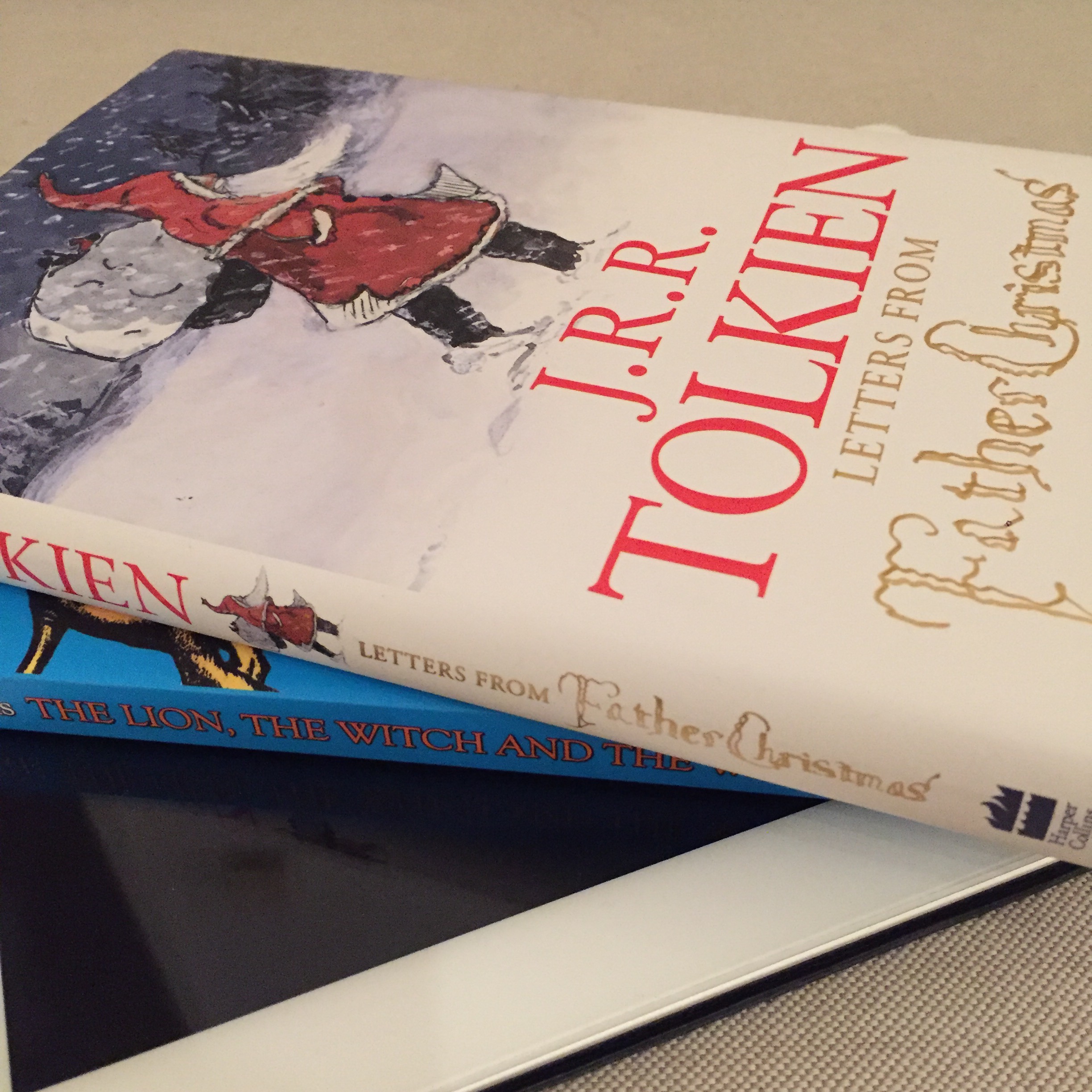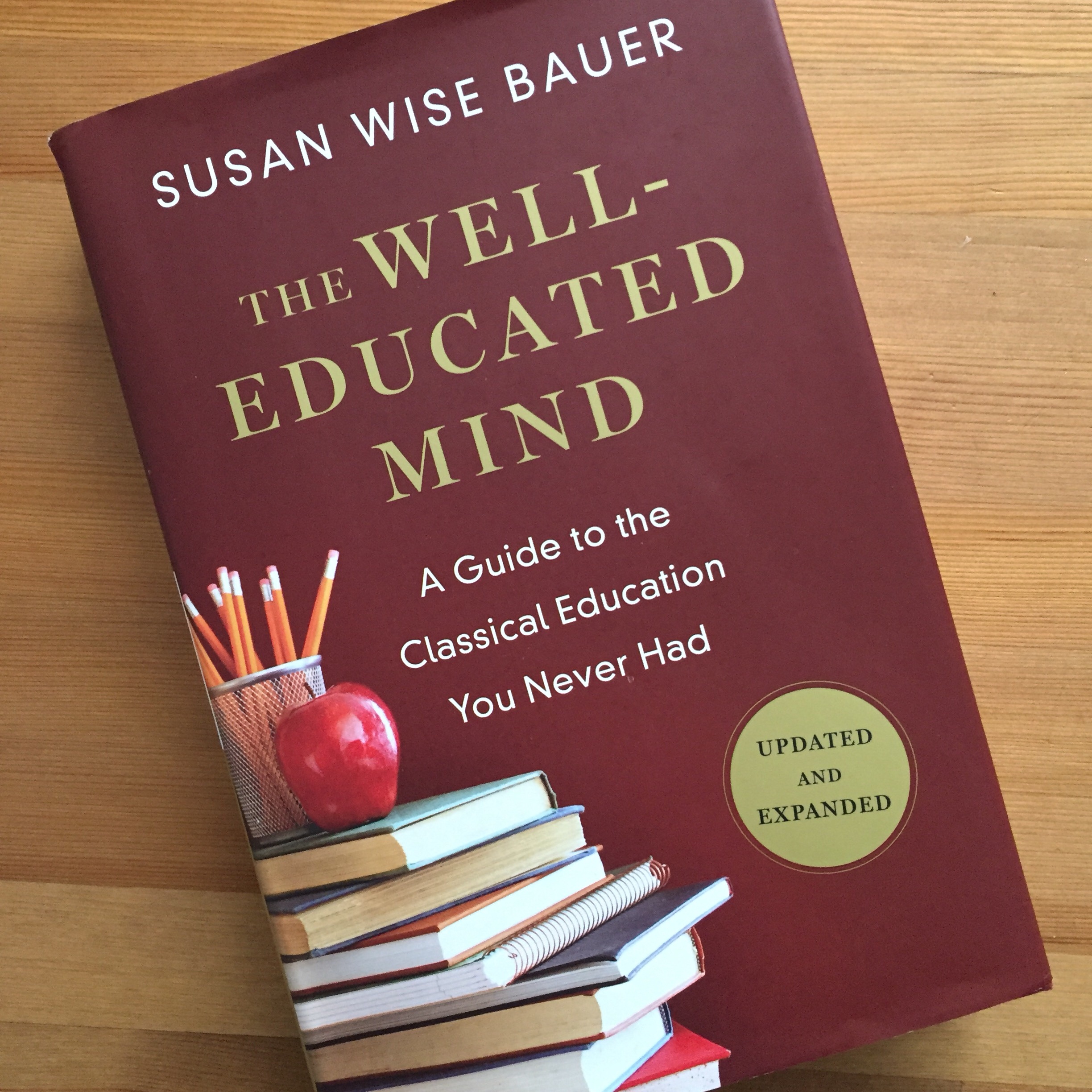King Henry VIII, one of the best known English kings, was a very controversial historical figure. He took six wives and his obstinacy to divorce his first wife in order to marry his then mistress was the cause behind his break with Rome and the creation of the Church of England. His reign was a time merriness and fear, of triumphs and tragedies, and above all a time of change. The world was quickly changing, as America had recently been discovered and the neighbouring countries were forging trade empires, but England was changing as well and after Henry VIII’s death it was a totally different country than the one he had come to govern.
Alison Weir, a renowned English historian and writer, has set to write six novels, each telling the story of one of Henry’s wives. So far, the first three books of the series, corresponding to his first three wives, are out. The fourth one should be released earlier next year I think.
I have read and enjoyed all three books already and I thought I would write a post about them. What follows is a bit of a hodge podge, as there are mini reviews of the books mixed with my opinions of the queens portrayed in them and a brief glimpse of that turbulent time.
Katherine of Aragón, the True Queen
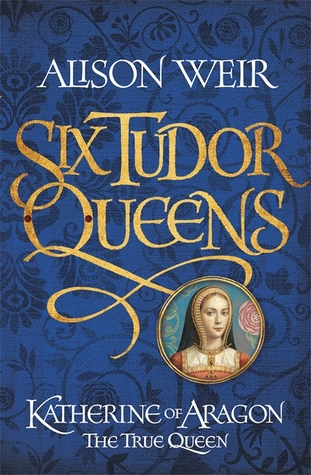
Katherine of Aragón was Henry VIII’s first wife. She was Spanish princess and doubly royal, as both her mother and her father were queen and king of their own territories in their own rights. It was their union what brought together the Spanish regions and shaped Spain as the country it is now. She had first married Arthur, Prince of Wales, the elder son of Henry VIII, who died shortly after the wedding. Katherine always said that their union had not been lawful, for their marriage was never consummated and Henry married her after coming of age and being crowned king. However, those subtleties that he gladly ignored in order to marry her were the very argument that he used against her many years later to declare their marriage void.
I read Katherine of Aragón, the True Queen, nearly two years ago and I truly loved it. I had never read anything by Alison Weir but I really liked her writing style and how she portrayed Katherine of Aragón. Keeping to all the historical facts available to her, she sketched a portrait of this rightful and self-righteous queen that presented her as a loving mother and wife, a woman truly enamoured of her gorgeous husband, and yet strong enough to stand for herself and her beliefs. Even though the book was over 500 pages, it was a quick and pleasant read, though it is true that the last third, more or less, was a bit of a drag as Katherine hopes time and again that her strayed husband will return to her and even when she’s been banned from court and shunned from the world, she still loves him ardently and fears for his soul.
I didn’t know much about Katherine of Aragón prior to reading this book and I was surprised by all the things she managed in a time when women were considered as baby-carriers first and foremost. And that’s where she failed. She was named Ambassador to the Kingdom of Aragon prior to her wedding to Henry, she was regent of England while her husband was away warring in France, she was an important patron for many scholars, but she failed to proved Henry with a son. And that was the beginning of her end.
Henry VIII was the second Tudor king and one of his main concerns was the legitimacy of this new ruling family; he desperately wanted a son to succeed him on the throne. Katherine was pregnant at least seven times but most of her babies were still-born and only one of her children survived through adulthood and she was a girl. Henry thought this was a sign of God being displeased with his marriage. Or at least that what he told the world. Truth is, he had fathered bastards with several of his mistresses and after Katherine’s best years were past her, he became rather obsessed with one particular lady and moved heaven and earth to put her on the throne.
After reading Katherine of Aragón, the True Queen, I was very curious about the next book on Anne Boleyn. Not only because I wanted to know more of her story but also because I wanted to see how Alison Weir would portray her. Weir is a self-proclaimed fan of Katherine of Aragón – I think she wrote that herself in the author’s note of this book – and even named her daughter after her. So I wonder how she would feel about her sempiternal rival. Hint: Alison Weir did a very fine job with Anne Boleyn and passed the test with flying colours, but read on.
Anne Boleyn, a King’s Obsession
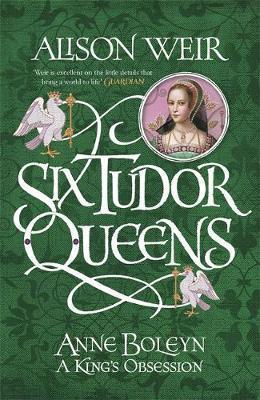
I was waiting for a long time to find this book in my local library, more than a year, I think. And when it was finally available, someone had borrowed it and I had to wait two further months until I could finally borrow it. But the waiting was worth it!
I started reading it straight away and devoured almost half of it in one sitting, a very remarkable feat when you have two toddlers running around. And perhaps a very silly feat, as I was supposed to get up at 5ish am next day to catch a plane and go on holidays to Spain and yet stayed awake, reading, till 2 am. Oh, how I payed the price during the flight and the rest of that day for having indulged in my reading. And how I longed to go back home in order to read the second half of this book (I never take library books on holidays, just in case I lose them or forget them or splash them with sea water or whatever).
Anyhow. I went home and finished the rest of the book in a couple of days and I was once more impressed by Weir’s mastery of historical fiction writing. I think historical fiction sounds easy. After all you just have to do some research and put together those facts and infused them some life with your words. But in reality, I think that historical fiction is anything but easy because you’re constrained by reality and your fiction needs to be plausible. And the less information you have, the less easy it becomes because then you need to speculate and I guess it is just to easy to be carried away and fantasize way too much.
That could have been the case with Anne Boleyn, as there historical record on Anne Boleyn are not as extensive as those of Katherine of Aragón (and they’re even poorer for Jane Seymour, but I’ll get back to that later). However, Weir made the best of what little information she had and sketched a believable portrait of Anne Boleyn. Granted, she took her liberties while depicting her early years in France of what little is known and then stuck to historical facts and reliable accounts about her time in England. In that sense, I think that Weir has done an outstanding job in this book, as it might have been much harder to write than the previous one on Katherine of Aragón.
Furthermore, with Alison weir being such a staunch supporter of Katherine of Aragón, I can only imagine that it was not easy to write a neutral fiction on her sempiternal rival, Anne Boleyn. Also, most accounts about Anne Boleyn were written by her enemies, thus historical opinions on her were definitely not favourable and that doesn’t make the task any easier. And yet Weir succeeds portraying Anne in a positive (and realistic) light. She presents Anna as a courageous woman, a self-educated lady in a time when women did not have access to education, and girl who had found great mentors in France and the Low Lands, who taught her that women’s opinions were worth it, and Anne would follow their example and be outspoken and passionate about her duties regardless of the consequences.
It was also in France where Anne became acquainted with new religious ideas and upon her return to England she would hold onto that new-found zeal and ultimately use those revolutionary ideas to push Henry to break with the Church in Rome so that they could marry and their much awaited son be legitimate and therefore a heir to the crown. But Anne also failed in her most important duty and never bore a son. And an ageing Henry would not be that patient second time around.
Their marriage didn’t last long and Anne’s end was tragic. Unlike Katherine, Anne had not been brought up to be a queen and it might have been that she failed to draw boundaries between a mistress’ behaviour and that of a wife. The same personality traits that had once infatuated Henry VIII were now putting him off Anne and soon he was chasing other women. Eventually, somebody came along and stole Henry’s heart once more and that precipitated Anne’s downfall.
Jane Seymour, the Haunted Queen
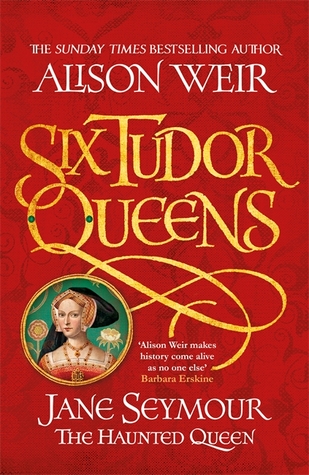
Jane Seymour was King Henry VIII’s third wife. Little is known of her before she arrived to court to wait on Katherine of Aragón and not much more after she became Queen of England – a title that she held for little more than a year. And yet she’s gone down in history as Henry’s most beloved wife. She’s the only one who was given queen funeral honours, she’s the one resting eternally beside Henry VIII, she’s the one who gave him a male heir.
Jane Seymour was a plain girl from a family with certain connections to the crown. She had a happy childhood, although it might have been clouded by a dark incident between her father and her older brother’s wife. But other than that, not much is knows about Jane so Weir has taken full license to let her imagination run wild and portrayed Jane as a devout catholic who intended to be a nun. Yet, when confronted with the hardships of life in a convent, she decided that contemplative life might not be for her after all and sought a place at court.
At court she served Katherine of Aragón first and the Anne Boleyn, until she could take no more of it. Jane is thought to be an ardent defender of Katherine and suffered to see how Henry mistreated her and favoured Anne instead. Again, Weir has speculated freely about this theory but what is true is that Jane definitely had sympathies for Katherine and her daughter Mary and somehow meddled to restore Mary to succession.
At first, Jane might have tried to resist the approaches of the King but eventually gave in – either because she discovered a softer side to him or to use her position to bring Anne down or simply because one cannot say ‘no’ to a King. Particularly not to Henry VIII. My favourite part of this book was the middle section, when Jane is caught in this political game to take the crown off Anne’s head. I was surprised at how fickle allegiances were and how much people were willing to risk in order to see Anne fall out of favour. But again, how much true is there in all that remains to be seen (though a big part of it might be true, as there are several historical records from the actors involved in this plotting, such as Mr Chapuys correspondence).
But other than that, this third book is weaker than the two previous ones. Jane is not so interesting as a historical persona, merely a pawn into a bigger scheme. And she dies shortly after giving birth to her first child, thus is she had any potential as a queen, it was never realised. Besides, part of this book overlaps with the stories on the two previous books so by now it can be a bit tedious to read for the third time how Henry snapped to Anne that ‘women worthier than her had endured much worse’ and so on.
*
One of the things I liked best about these books is how they portray Henry VIII. We only see him through the eyes of his wives but it is interesting to note how he changed throughout the years and how each of his wives saw him in a different light. Katherine adored him, she was infatuated by him, whereas Anne could not stand him or the sight of him. Jane saw him as a real man, both fragile and mighty, and attractive despite his years. And as the wives come and go, we see Henry as the man he was, the man he became and the man he could have been. He was a golden boy when Katherine first met him, an apprentice of king when they married, and good Christian. But as Thomas More could have said, ‘a lion sleeps inside the lamb’ (or something like that. I don’t remember the exact words on Katherine’s story). Anne unleashed that lion; Henry became a mighty king and did as he pleased. He was obstinate and volatile and often furious. And Jane tamed the beast – or so we are told. Henry found some respite beside Jane, a woman so different from his previous wife. She gave him a son, the most precious of gifts for him. Henry calmed down a bit but he had also learnt his lesson and was determined to never heed the advice of any wife again. He had gone too far to capitulate now, so there was no way that Jane could exert any influence on him. And she was gone too soon anyway.
Have you read this series? Any thoughts you’d like to share?
Also, I would appreciate any recommendations on further reading on Katherine of Aragón and Anne Boleyn.
